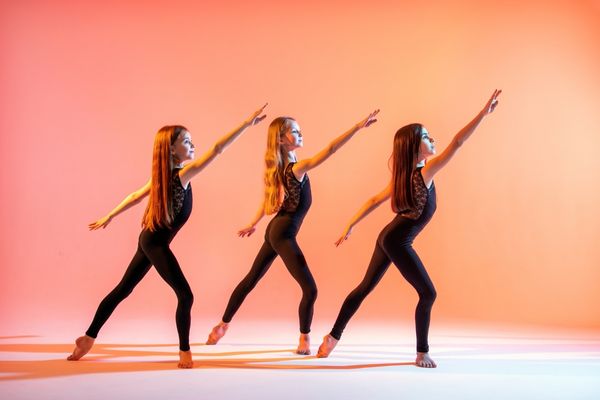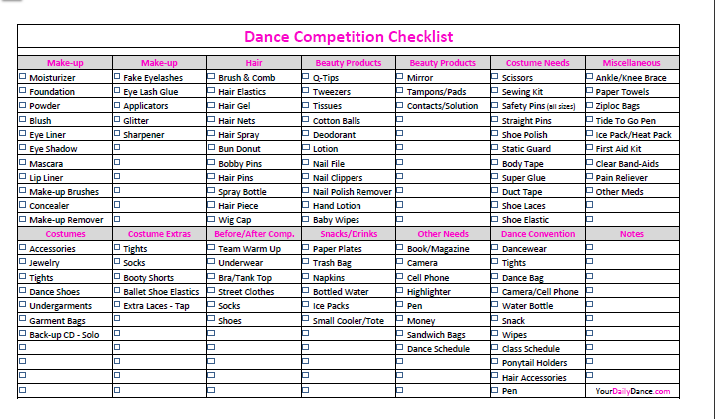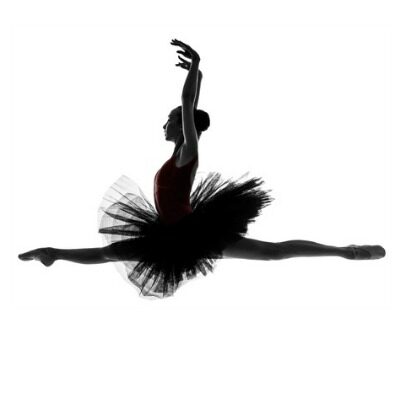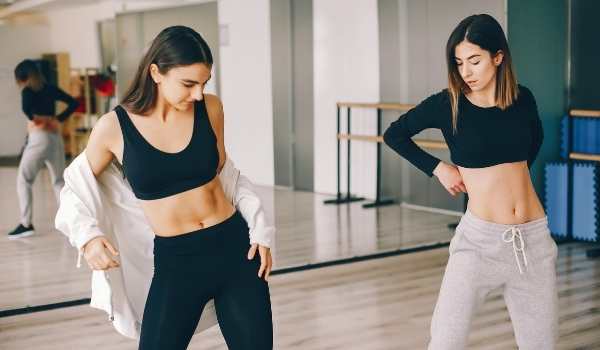Jazz Dance: How It Started, How It’s Going

This post may contain affiliate links that allow us to earn a small commission at no additional cost to you.
Where did Jazz dance begin?
Jazz Dance has its roots in the late 19th and early 20th centuries African American communities, where it was developed as a fusion of various dance styles, including tap, African, and European folk dance. It’s considered a dynamic, ever-evolving dance style that continues to be a staple in today’s dance world.
One of the great things about jazz is that it allows for creativity and personal expression. While some specific foundational steps and techniques are taught in a dance studio, dancers are encouraged to add their own flair and style to the dance and make it their own.
Who Are Famous Jazz Dance Choreographers
Bob Fosse: his choreography is known for its sharp, angular movements
Jerome Robbins: his work often features a blend of ballet and jazz techniques
Gus Giordano: the founder of Gus Giordano Jazz Dance Chicago, has contributed to the development of contemporary jazz by incorporating a blend of jazz, modern, and classical techniques.
Katherine Dunham: She was a trailblazer in the world of dance and significantly impacted the art form’s evolution. She was a dancer, choreographer, and anthropologist, and her work helped to popularize jazz and bring it to a broader audience.
Jack Cole: He was a highly influential choreographer and dancer credited with revolutionizing jazz dance by incorporating elements of classical ballet and modern dance into his work. He is considered one of the pioneers of jazz as an art form.
Pretty sure every dancer who loves Jazz, lives for the day they get to perform an “All that Jazz” Piece
Sarah – Dancer – Age 16
Iconic Jazz Dancers
- Fred Astaire
- Gene Kelly
- Cyd Charisse
Fred Astaire’s smooth, effortless style and Gene Kelly’s athletic and masculine approach to dance have set the standard for jazz dancers for decades. Cyd Charisse was known for her long legs and precise technique, which made her one of the most sought-after dancers of her time.
Popular Moves of Jazz Dances:
- Kicks
- Shimmies
- Lots of personality and expression
- Leaps
- Turns
- Isolations: This involves moving different parts of the body independently. For example, a dancer may move their hips while keeping the rest of their body still or isolate their torso while moving their arms and legs.
How do the different styles of jazz, well, differ?
Jazz is a popular form of dance that has evolved over the years and encompasses several different styles. Each type has unique characteristics and attributes, from classic to lyrical, modern, commercial, and contemporary jazz. Let’s dive into the differences between these styles and what makes each unique.
Classic Jazz
Classic jazz is often considered the traditional form of jazz. It originated in the early 20th century and is characterized by its upbeat music and energetic, playful movements. This style of jazz is often performed to big band music and is characterized by its fast-paced, syncopated rhythms.
In the Jazz category at dance competitions, you typically see an emphasis on flexibility, with dancers using a variety of leaps, turns, and high kicks to show off their skills. In addition, dancers usually display strength and flexibility and can perform a wide range of movements.
Lyrical Jazz
Lyrical jazz is a fusion of classical ballet and traditional jazz that emphasizes the expression of emotions through movement. This style is typically performed to slower, more emotional music and is known for its fluid, graceful movements. Lyrical jazz allows dancers to connect with the music and express themselves through their movements, making it a popular choice for dance competitions and recitals.
Modern Jazz
Modern jazz is a more contemporary form of jazz that emerged in the mid-20th century. In modern jazz, you will typically see contractions and releases, floor work, and energetic, explosive movements. This style is typically performed to more modern, contemporary music and is known for its free-flowing, improvisational style.
Contemporary Jazz
Contemporary jazz is a fusion of classical ballet, modern dance, and jazz. It is distinguished by its use of fluid, flowing movements and incorporates contemporary dance and modern jazz elements. This style is typically performed to contemporary music and is known for its emotional expression and interpretation of the music.
Jazz Funk
Jazz-funk dance is a style of jazz that incorporates elements of funk, hip hop, and contemporary dance. It is set apart by its energetic, upbeat movements and funky, rhythmic style. Jazz-funk dance is more earthy and grounded, incorporating movements inspired by funk and hip-hop. Additionally, jazz-funk dance often incorporates elements of street dance and popular culture, making it more accessible and relevant to contemporary audiences. Some of the key features of jazz funk include isolations, contractions, and percussive footwork, as well as improvisational elements that allow dancers to express themselves creatively and express the music in their own unique way.
Commercial Jazz
Commercial jazz is a style often seen in popular music videos and stage productions. This style is characterized by its upbeat, high-energy movements and is usually performed to popular commercial music. It is known for its commercial appeal and is a popular choice for dancers looking to break into the entertainment industry.
Broadway Shows Featuring Jazz Dances
There have been many Broadway musicals that have showcased jazz dance, but here are a few of the most famous ones:
“West Side Story” (1957) – This classic musical features electrifying jazz numbers that help to tell the story of two rival gangs in New York City.
“Chicago” (1975) – This musical about two murderesses in 1920s Chicago features a mixture of jazz, tap, and vaudeville dance styles and is widely regarded as a classic of the jazz genre.
“A Chorus Line” (1975) – This musical focuses on the lives of Broadway dancers and features a number of powerful jazz numbers, including the famous “What I Did for Love” dance.
“Bring in ‘da Noise, Bring in ‘da Funk” (1996) – This musical explores the history of African American music and dance and features a mix of jazz, tap, and hip-hop dance styles.
“Sweet Charity” (1966) – This musical, which tells the story of a dance hall hostess looking for love, features several classic jazz dance numbers, including “Big Spender” and “If My Friends Could See Me Now.”
“Cabaret” (1966) is set in Berlin during the rise of the Nazi party and tells the story of a young American writer who becomes involved with a group of cabaret performers. The musical features some iconic jazz numbers, including the title song “Cabaret” and “Mein Herr,” which showcase the sultry and sensual side of jazz.
These are just a few examples of Broadway musicals incorporating jazz dances into their productions. From the energetic and athletic dance moves to the high-energy musical numbers, jazz continues to be an essential part of the Broadway scene. It continues to be enjoyed by audiences all over the world.
In conclusion, jazz is a diverse and ever-evolving form of dance that encompasses several different styles of dance. The great thing about Jazz for dancers is it is fun and upbeat. For many young dancers, if ballet or tap isn’t their favorite, jazz class is where they will shine.





